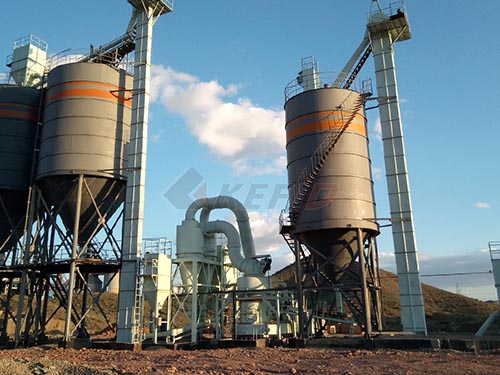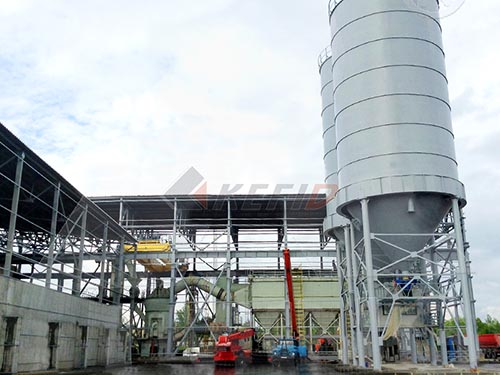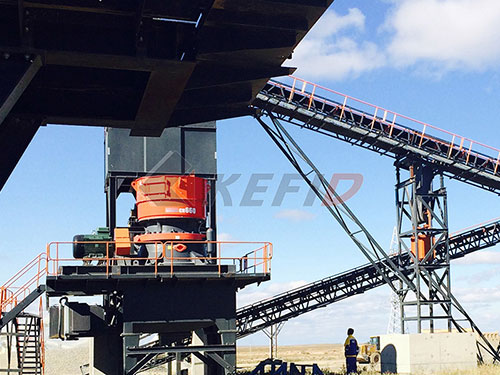
Building Your Own Gravel Crusher: A Realistic Guide for the Determined DIYer
Commercial gravel crushers represent a significant investment, often running into tens of thousands of dollars. For homesteaders, small-scale landscapers, or those tackling substantial personal projects with abundant raw rock on-site, the allure of building a DIY gravel crusher to process material for driveways, paths, or foundations is understandable. While achievable, this is not a simple weekend project for the faint of heart. It demands significant mechanical aptitude, access to fabrication tools and materials, and an unwavering commitment to safety.
Understanding the Core Principle: Leverage and Force
At its heart, a basic jaw-style crusher (the most feasible DIY type) relies on brute mechanical force generated by leverage. Imagine two heavy-duty plates (jaws):
1. Fixed Jaw: Securely mounted to the crusher’s main frame.
2. Movable Jaw: Pivoted at the top and driven by an eccentric mechanism or powerful lever system near the bottom.
Raw rock is fed into the gap (crushing chamber) between these jaws at the top. As the movable jaw cycles towards the fixed jaw, it exerts immense pressure on the rock trapped between them. This pressure exceeds the rock’s compressive strength, causing it to fracture. The crushed material falls out through an adjustable gap at the bottom (the “closed side setting”), determining your final product size.
Essential Components & Materials (Expect Heavy-Duty)

Building a functional crusher requires robust materials capable of withstanding extreme impact and abrasion:
1. Frame: Heavy-duty structural steel (like I-beams or thick-walled rectangular tubing) welded into a rigid structure to absorb crushing forces without flexing.
2. Jaws:
Material: Hardened steel plate (AR400/AR500 abrasion-resistant steel is ideal but expensive; thick mild steel plate can work temporarily but will wear rapidly). Minimum thickness should be 1/2 inch (12mm), preferably 3/4 inch (19mm) or more.
Design: Flat plates are simplest but inefficient. Creating corrugated surfaces (“cheek plates”) helps grip and break rock more effectively.
3. Pivot System: Massive hardened steel pins or shafts housed within heavy-duty pillow block bearings capable of handling enormous radial loads.
4. Drive Mechanism (Choose One):
Eccentric Shaft System: The most efficient method

Leave a Reply